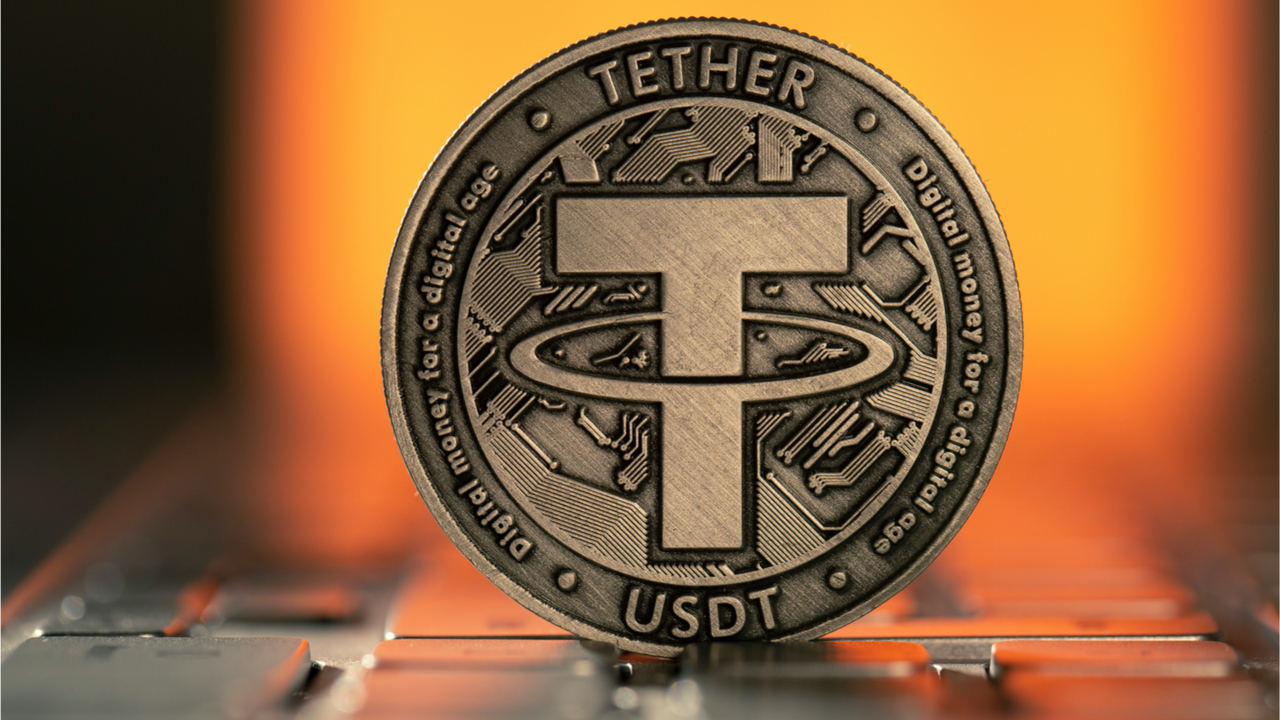In a surprising twist for the cryptocurrency world, USDT (Tether), the leading dollar-pegged stablecoin with a market cap of nearly $120 billion, is trading at less than $1. This devaluation, first noted on September 30, has raised eyebrows and prompted speculation about the potential causes behind this downward trend. Analysts are increasingly looking towards China, where the crypto economy is seemingly turning away from the market.
The Depeg Dilemma
Although USDT’s depeg remains marginal and does not currently threaten its holders, it signals shifting dynamics within the cryptocurrency landscape. Economists are questioning the underlying factors contributing to this decline in value. One striking statistic reported by Fortune reveals that Chinese investors are willing to pay 3% to 5% in fees to exchange USDT for yuan, a clear indication that they are still keen to move their funds despite the costs. This determination reflects their expectations of substantial gains in China’s stock market.
Stimulus Package and Market Frenzy
The catalyst for this shift may lie in China’s recent economic policies. Last month, authorities unveiled one of the largest stimulus packages since the pandemic, which included lowering banks’ reserve requirement ratios and injecting liquidity into the financial system. Additionally, China announced an impressive $28 billion allocation for various projects this year. The result? A stock market rally that saw shares soar over 20%, drawing in local investors seeking higher returns.
This stock market frenzy appears to have a direct impact on USDT, which is often the currency of choice for Chinese investors dabbling in cryptocurrencies. Even as the government maintains strict bans on cryptocurrency trading, some savvy investors have found ways to navigate these restrictions. They’ve turned to crypto and even gold as alternative investment vehicles to capitalize on offshore opportunities, especially as traditional markets like real estate and stocks struggle.
The Shift in Investor Sentiment
However, this trend may be reversing. As China’s stock market shows signs of recovery and optimism, investors who previously sought refuge in cryptocurrencies might now be looking to cash in on their gains from stocks. This potential shift in sentiment could exert even greater downward pressure on USDT, especially if further announcements from Chinese authorities continue to fuel the stock rally.
The implications of this trend are significant. A sustained decline in USDT could undermine its reputation as a reliable stablecoin, causing a ripple effect throughout the cryptocurrency ecosystem. Investors may reconsider their strategies, leading to increased volatility in an already tumultuous market.
Also Read: Stablecoin Surge – USDT & USDC Dominate 90% Of Market As Bitcoin Bull Run Looms
While USDT’s recent price dip may appear marginal, it underscores the intricate relationship between traditional financial markets and the cryptocurrency space. As China’s economic landscape evolves, so too does the behavior of investors who are navigating both realms. For now, USDT’s ability to maintain its peg remains uncertain, with the influence of Chinese policies and market sentiment playing a crucial role in its future stability.
In the fast-paced world of cryptocurrency, the dynamics are ever-changing, and USDT’s fluctuating value serves as a reminder of the challenges that stablecoins face in an increasingly interconnected global economy. Investors and analysts alike will be watching closely as this story unfolds.
Disclaimer: The information in this article is for general purposes only and does not constitute financial advice. The author’s views are personal and may not reflect the views of Chain Affairs. Before making any investment decisions, you should always conduct your own research. Chain Affairs is not responsible for any financial losses.





